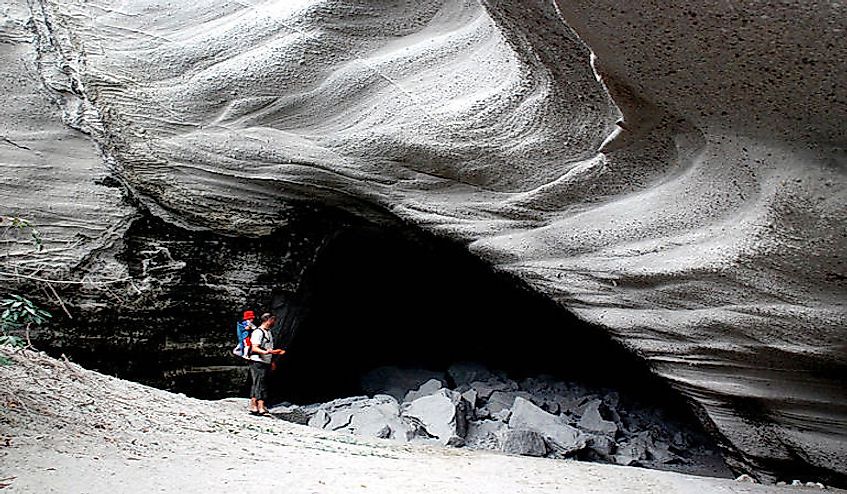Chief Roi Mata’s Domain - UNESCO World Heritage Site In Vanuatu

History Of Chief Roi Mata’s Domain
Chief Roi Mata was a Melanesian ruler who once controlled 3 of the islands of the present-day archipelago of Vanuatu, a nation located in the South Pacific Ocean. The three islands making up this domain include Efate, Lelepa, and Artok. When Roi Mata conquered the area, he united the various tribes and is remembered for having been a peaceful ruler. In fact, his peacekeeping strategies are still used today. His burial and home sites were placed under tapu per local tradition which prohibits the residential and intensive use of the area.
Cultural Significance
Because of the tapu placed on his domain, the area has resisted influence from other cultures. The chiefly title system has been preserved and today, chiefs continue to hold a critical role within the society that currently inhabits the domain. They inherit their claim to power via previous title-holding ancestors, a claim that can be confirmed by their continued presence on the island. This presence is particularly strong around the burial site of Chief Roi Mata which is surrounded by over 50 members of his family who sacrificed themselves to travel to the next world with him. The history of this culture has been preserved more clearly than in any other society under the rule of chiefs. Both oral tradition and archaeological evidence come together to confirm this long-standing cultural practice.
Environmental Importance
Vanuatu is part of the Remote Oceania region which is known to have very little diversity in fauna. In fact, the only mammals native to the area are seven species of bats. Humans have introduced other mammals including rats, mice, dogs, and pigs. In total, 61 bird species make their home here (4 were introduced to the area) as well as two introduced amphibian species and 19 reptile species (3 of which were introduced). The majority of the environment has been disturbed by human activity such as agriculture and invasive species. On the Efate Island alone, 70% of the lowland forest has been cut down. The areas most closely surrounding Chief Roi Mata’s Grave site and home site hold the most undisturbed lands. In terms of flora, the islands are rich in endemic species around these sites with ten endemic plant species at Mangaas, his former home site.
Preservation Efforts
Respect for the tapu prohibitions has done much in the way of preserving this UNESCO World Heritage site. The areas are further protected under the Preservation of Sites and Artefacts Act which mandates that any person with ownership of one of the sites must prevent changes and damages from occurring to it. Additionally, the act sets a fine for any person who might commit an offense against the sites. The community continues to conserve the physical and cultural significance of the zone.
Tourist Attractions
Villagers living around the edges of the UNESCO site offer cultural tours to the area’s visitors. Not only does this provide an income for the local communities, but also educates tourists about the culture and history of the area. Tourists can visit Vanuatu National Museum and Cultural Center to learn about Chief Roi Mata. Tourists may travel north of the city to see the landscape of the domain, including beaches and the cave where he purportedly died. From these beaches, there is a view of the burial site. The area is largely undeveloped, so services offered are basic, like locally prepared dishes, beach huts, and open boats.
Chief Roi Mata’s Domain - UNESCO World Heritage Site In Vanuatu
| Chief Roi Mata's Domain | UNESCO World Heritage Site in Vanuatu |
|---|---|
| Year of Inscription | 2008 |
| Location | Islands of Efate, Lelepa, and Artok in Central Vanuatu. |
| Site Area | 886 hectares |
| Criteria III | Bears a unique or at least exceptional testimony to a cultural tradition or to a civilization which is living or which has disappeared. |
| Criteria V | Is an outstanding example of a traditional human settlement, land-use, or sea-use which is representative of a culture (or cultures), or human interaction with the environment especially when it has become vulnerable under the impact of irreversible change. |
| Criteria VI | Is directly or tangibly associated with events or living traditions, with ideas, or with beliefs, with artistic and literary works of outstanding universal significance. |







